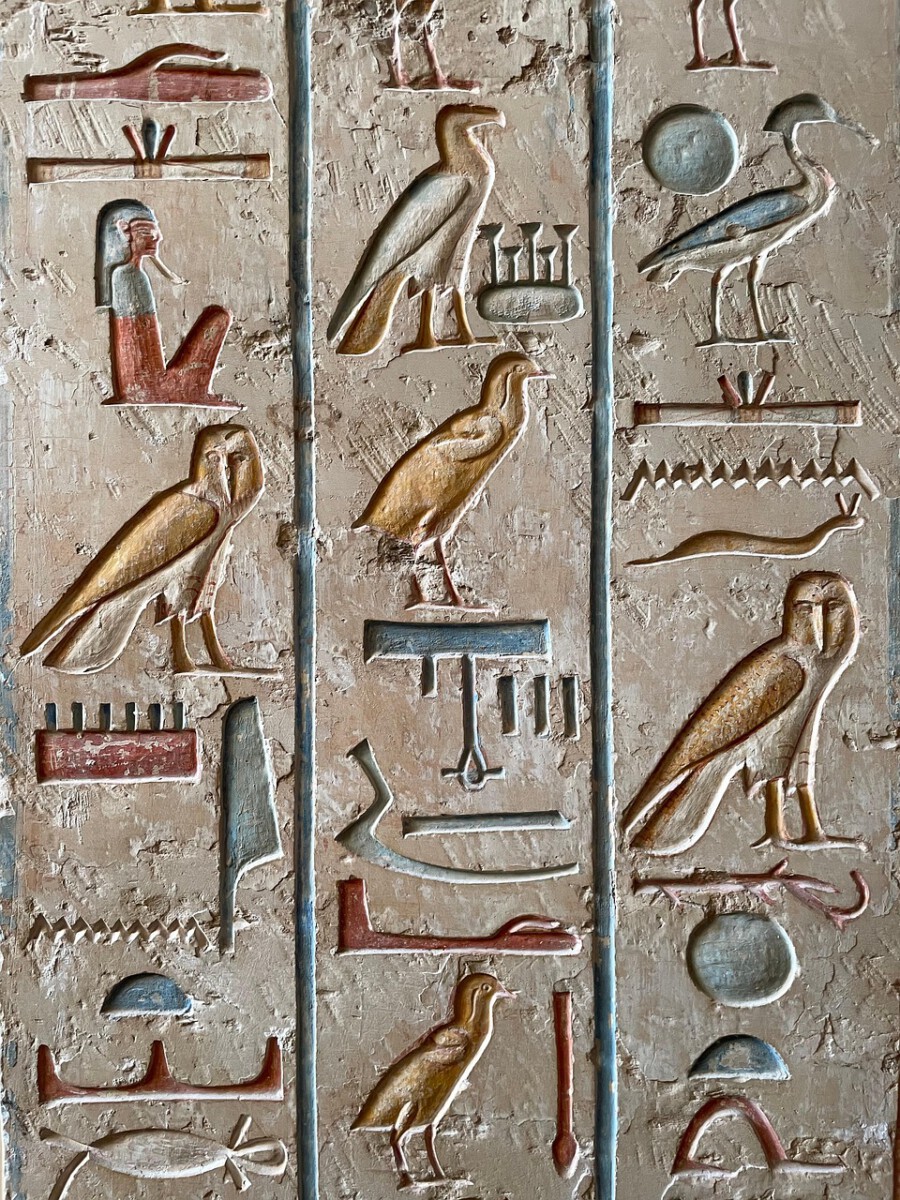Unearthing Ancient Mysteries

The discovery of a lost civilization right here in the United States has set the scientific community abuzz. Nestled beneath layers of soil and time, this hidden society was recently unearthed in the state of Oklahoma. With this newfound revelation, researchers are on a quest to decode the past and understand how these people lived, thrived, and ultimately vanished. The discovery is akin to stumbling upon a buried treasure chest, filled with artifacts that whisper tales of yesteryears. As scientists dig deeper, they’re unearthing a world that challenges our understanding of history and raises questions about the people who once called this land home.
Tracing Back Time

The civilization, believed to have existed thousands of years ago, was uncovered through a combination of advanced technology and good old-fashioned archaeological digging. Radiocarbon dating suggests that this society thrived between 1000 and 1500 AD. This timeline places the civilization in the same era as the Mississippian culture, known for its large earthen mounds and complex societies. The juxtaposition of these findings with known historical records is like piecing together a giant jigsaw puzzle, where each new piece offers a glimpse into the lives of these ancient people.
Artifacts That Tell Stories

Among the most exciting discoveries are the artifacts that have been unearthed. Pottery shards, tools, and remnants of dwellings are just a few of the items that have been found. These artifacts serve as tangible connections to the past, offering clues about the daily lives, diets, and rituals of this lost civilization. Imagine holding a piece of pottery that was once used to store food or a tool crafted with precision by hands that lived centuries ago. These items are more than just objects; they are storytellers of a forgotten era.
The Role of Technology in Discoveries

Modern technology has played a pivotal role in uncovering this lost civilization. Techniques such as ground-penetrating radar and satellite imagery have allowed researchers to detect underground anomalies without disturbing the earth. This non-invasive approach is crucial for preserving the integrity of the site. It’s like having X-ray vision, enabling scientists to “see” beneath the surface and pinpoint areas of interest. The use of technology not only accelerates discoveries but also ensures that these fragile time capsules remain intact for future generations to study.
Understanding Cultural Practices

One of the most intriguing aspects of this discovery is the insight it provides into the cultural practices of the time. Evidence suggests that this civilization engaged in agriculture, had a structured society, and possibly participated in trade with neighboring tribes. The presence of ceremonial structures indicates that they had spiritual beliefs and rituals. These findings paint a picture of a society that was both sophisticated and interconnected, challenging the notion that ancient peoples were isolated or simplistic.
Implications for Modern Society

The unearthing of this lost civilization has broad implications for modern society. It challenges us to reconsider our understanding of American history and the diverse cultures that have shaped this land. It also highlights the importance of preserving archaeological sites and the stories they hold. As we delve into the past, we gain a deeper appreciation for the rich tapestry of human history and the resilience of those who came before us. This discovery serves as a reminder that history is not just about the past; it’s a living narrative that continues to evolve with each new find.
The Impact on Indigenous Narratives

The discovery of this ancient civilization also has significant implications for Indigenous narratives. Many Native American tribes have oral histories that speak of ancestors and ancient societies. The alignment of these stories with archaeological evidence provides a bridge between oral tradition and scientific discovery. It’s a powerful reminder of the importance of respecting and preserving Indigenous knowledge, which offers valuable insights into the history and culture of this land.
Challenges in Preservation

Preserving the site of this lost civilization poses several challenges. Environmental factors, such as erosion and climate change, threaten the integrity of the site. Additionally, the increasing interest from the public and researchers can lead to unintentional damage. Balancing the need for exploration with the responsibility to preserve is a delicate dance. Protective measures, such as controlled excavation and site monitoring, are essential to ensure that this invaluable piece of history remains intact for future study.
Collaborative Efforts in Research

The discovery of this civilization has sparked collaborative efforts among archaeologists, historians, and Indigenous communities. By working together, these groups can piece together a more comprehensive understanding of the past. This interdisciplinary approach is crucial, as it combines different perspectives and expertise to create a well-rounded narrative. It’s a testament to the power of collaboration, where the sum is greater than the parts, and the pursuit of knowledge becomes a shared journey.
The Journey Ahead

As the excavation continues, scientists remain hopeful about what else they might uncover. Each new discovery adds another chapter to the story of this lost civilization. The journey is far from over, and the potential for groundbreaking revelations is immense. This ongoing exploration is a testament to humanity’s enduring curiosity and our relentless quest to understand the past. As we stand at the threshold of history, we are reminded that the past is never truly lost; it is waiting to be rediscovered.







